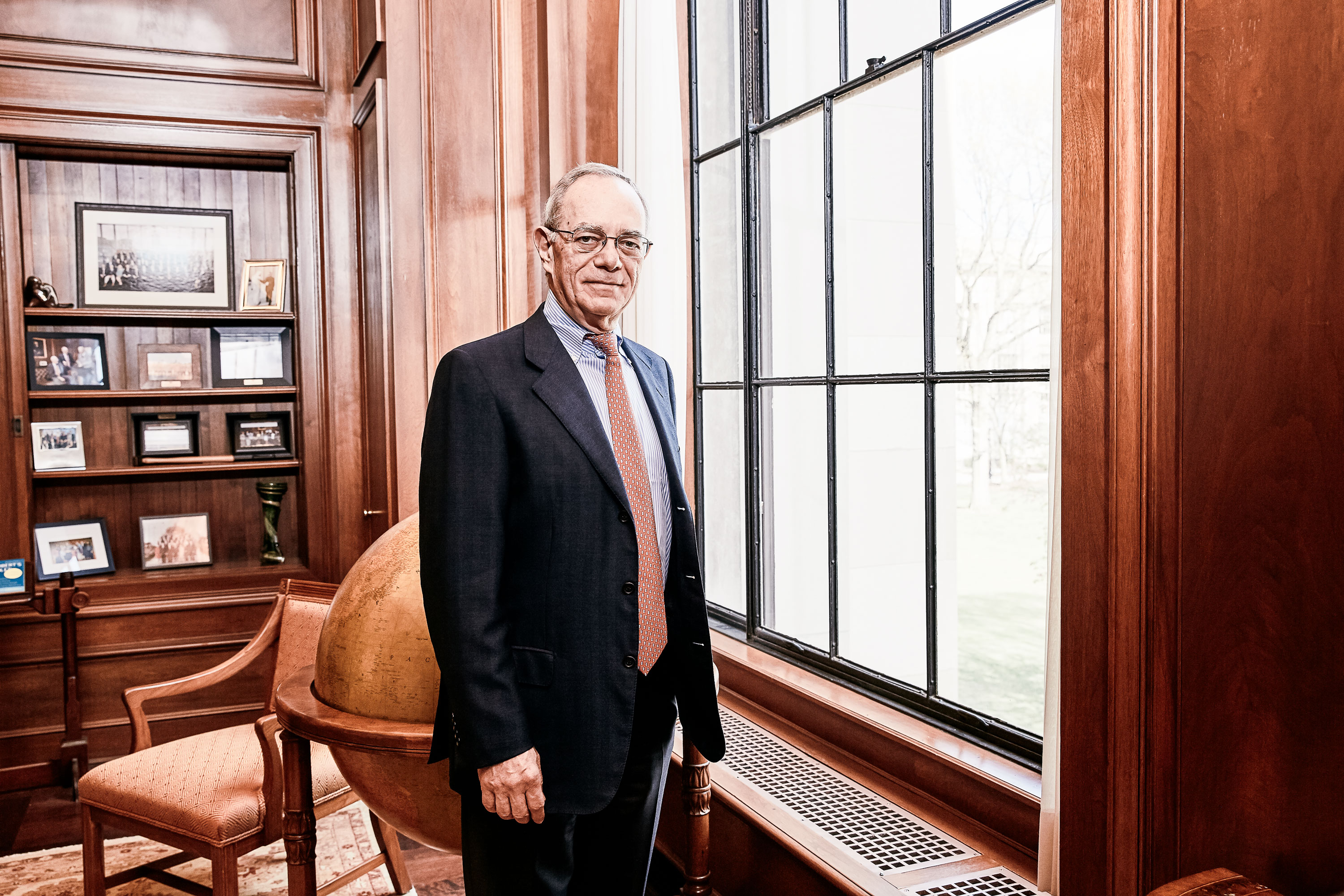The work of the future
Shaping a workplace that works for everyone

In 2017, one question was everywhere: How would artificial intelligence, machine learning, and robotics alter the future of work? The public was growing increasingly worried about a future in which robots and computers could perform many human jobs. For many people, the worst part was the sense of powerlessness, the worry that automation was “coming to get us”—automatically.
As leader of an institute that helped invent the technological present, I had to take those concerns very seriously. Yet there were large open questions: Would this technological revolution be like those in the past, with many jobs lost but many better ones created? Or would this time be different? Would the changes be so broad and drastic and their impact so uneven and disruptive that it would undermine the stability of our society? And above all—what, if anything, could be done to shape the outcome?
No matter who I asked, I found many strong opinions but relatively little research. So in the spring of 2018, Provost Marty Schmidt and I asked some leading researchers from across MIT to take up the challenge by forming the MIT Task Force on the Work of the Future.
The task force quickly grew to span 12 departments and include experts from industry, labor, and education. This fall, their preliminary findings made a compelling case for how society can shape the work of the future through both public policy and private business practices. This interim report explores many options for constructive action, including tax changes that encourage investments in labor, steps to strengthen the role of workers as stakeholders in corporate decision making, and the development of technologies that make workers more effective instead of redundant.
To shape a technological future that works for all, levers like these will be crucial. But I believe that those of us who are technologists, and who educate tomorrow’s technologists, also have a special role to play. In the past, many technologies MIT has championed involved machines acting in society. By contrast, technologies like AI and machine learning represent machines acting upon society. While we teach students in every field to be fluent in the use of AI strategies and tools, we must also help them gain equal fluency in the cultural values that should ground and govern how those tools are designed and how they’re used.
Institutions that act now to help shape the future of AI will help shape the future for us all. I believe MIT can and should seize the opportunity to do just that.
Keep Reading
Most Popular
Large language models can do jaw-dropping things. But nobody knows exactly why.
And that's a problem. Figuring it out is one of the biggest scientific puzzles of our time and a crucial step towards controlling more powerful future models.
How scientists traced a mysterious covid case back to six toilets
When wastewater surveillance turns into a hunt for a single infected individual, the ethics get tricky.
The problem with plug-in hybrids? Their drivers.
Plug-in hybrids are often sold as a transition to EVs, but new data from Europe shows we’re still underestimating the emissions they produce.
Stay connected
Get the latest updates from
MIT Technology Review
Discover special offers, top stories, upcoming events, and more.